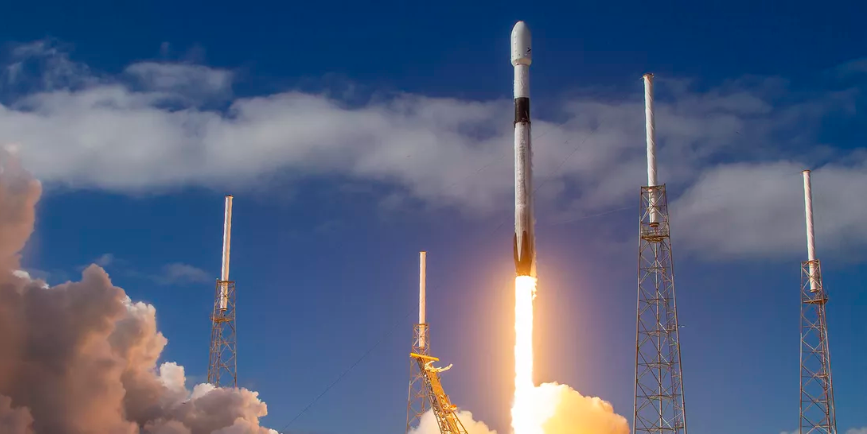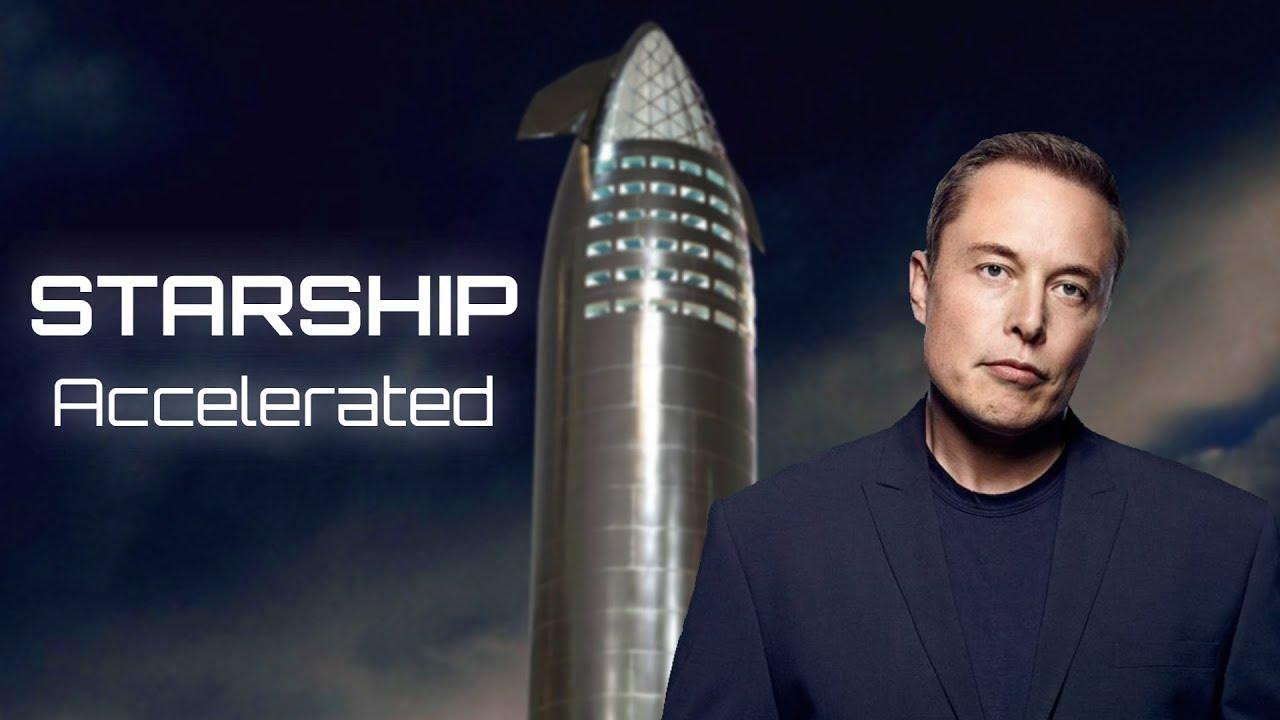In the last several decades, and certainly in the post-9/11 environment in which the previous restrictions on the militarization of the American society largely disappeared, the US national security establishment has expand not only by creating new programs and agencies, but also by co-opting non-state actors. Many a US think-tank is now little more than an extension of some US government agency, conducting research to validate previously arrived-at conclusions in furtherance of a specific institutional agenda. Likewise many corporations have gone beyond being mere defense or intelligence contractors. Rather, their business activities are from the outset designed to be readily weaponizable, meshing seamlessly with the armed services and intelligence agencies.
It is not entirely clear how the process works, for there does not appear to be a system of contract awards for specific deliverables. Rather, it seems these capabilities are developed on the initiative of specific businesses which speculate their efforts will be utilized by the US national security establishment ever on the lookout for technological “game-changers”. Moreover, given the unchecked growth of the US national security budget, these entrepreneurs can operate in high confidence their efforts will also be financially rewarded by the intelligence and defense establishments, even if they are not commercially viable.

There have been numerous examples of initially civilian applications being put to use for the benefit of US national security institutions. Facebook has made its databases available to various agencies to test facial recognition technologies, for example. Google and Amazon make their cloud capabilities available to the Pentagon and the intelligence communities. The opposition to China’s Huawei 5G networks and cell phones appears to be motivated by the concern these systems do not have backdoors installed for the benefit of US national security state.
Elon Musk’s business empire has benefited from its proximity to the US national security state. Musk, an immigrant from the Republic of South Africa, has made his initial fortune by creating PayPal. While Musk has sold his remaining interest in PayPal in 2002, that entity has since then engaged in furthering US national security agendas by blocking payments to organizations which were critical of US policies. This, however, is probably more of a reflection of the subservience of US tech firms to the US government than of Musk’s original intent.
Nevertheless, the timing of Musk’s departure from PayPal and the entry into the space business is noteworthy. Already in the late 1990s, there were rumblings in the United States about the desirability of militarizing space and building up anti-ballistic missile defenses, ostensibly against the so-called “rogue states” of North Korea and Iran. These initiatives gained considerable impetus in 2001, following the election of the Bush-Cheney administration which promptly moved to end the ABM Treaty as the first step toward the future of weaponization of space.
Space-X’s establishment in 2002, the same year the ABM Treaty collapsed due to the Bush Administration abrogation, seems entirely too convenient to be a mere coincidence, even though the stated aims of the company are mainly commercial. Still, it is easy to imagine why a firm focused on the development of low-cost, possibly reusable, space launch vehicles would be useful to the Pentagon. Creating a government program with the same objective would have attracted unnecessary attention. There would be budget appropriations battles, congressional testimony, various forms of oversight, and the inevitable domestic and international opposition to such destabilizing and provocative initiatives.
Providing Space-X with technological assistance, allowing it to hire government specialists, then giving it access to lucrative government space launch orders, is a far more attractive proposition. Moreover, the bypassing of the normal defense contracting system actually meant considerable cost savings, thanks to Musk’s red tape-cutting techniques. It's design bureau functioned in a fashion akin to Lockheed’s famous “skunk works” which developed extremely ambitious projects such as the U-2 and SR-71 in large part thanks to being able to fly “under the radar” (no pun intended). However, since that time Lockheed ballooned into a massive “too big to fail” defense contractor which delivers costly and poorly performing aircraft.
Musk’s fantasies about colonizing Mars and selling seats on orbital space flights proved a very effective cover for the corporation’s core military applications. Moreover, Space-X’s status as a private corporation allows it to defray some of the research and development costs through genuine commercial activities. Yet one has to wonder whether SpaceX success would have been as spectacular if it weren’t for privileged access to government facilities. SpaceX has been able to piggy-back on the massive US government investment in space launch facilities. It is able to operate out of not only Cape Canaveral and the Kennedy Space Center, but even from the Vandenberg Air Force Base. The speed with which SpaceX was able to develop, test, and deploy several different new rocket engine design of the Kestrel, Merlin, Raptor, and Draco families also may be due to privileged access to technologies developed for NASA and military space programs.
Even though SpaceX was founded in 2002, it won a $100 million USAF space launch contract in 2005 and the NASA Commercial Orbital Transportation Services (COTS) contract in 2006, even though the first orbital mission of the Falcon I rocket would not take place until 2008. USAF awarded another $1 billion contract to SpaceX in early 2008, even before the first Falcon I flight. SpaceX has become the de-facto research and development branch of NASA when it comes to manned spaceflight. The 2014 NASA contract for the Crew Dragon has so far resulted in one successful docking with the International Space Station, though without a crew on board, and was followed by a successful splashdown. The larger Starship reusable heavy manned spacecraft is expected to start flying in the 2020s.
Competition from United Launch Services and even Boeing notwithstanding, there is little doubt SpaceX is to US manned spaceflight what Boeing is to heavy commercial aircraft and Lockheed-Martin to “fifth-generation” fighters. It has become the primary go-to contractor of such systems for both commercial and military US government applications, with the competitors being maintained in existence with occasional contracts largely as insurance against spectacular failure of SpaceX.
SpaceX portfolio of reusable space launch vehicles, manned spacecraft, and most recently also satellites means that the company is well positioned to serve as a one-stop shopping center for the newly created branch of the US armed forces. Given the United States’ desire to weaponize space as part of its effort to undermine strategic nuclear deterrence of rival powers, namely the Russian Federation and the People’s Republic of China, there is every reason to expect SpaceX will be a recipient of considerable financial largesse from the USSF.
Arguably the most intriguing project SpaceX is pursuing is Starlink, a proposed network of over four thousand miniature satellites whose ostensible aim is to provide broadband internet service to the entire planet. However, the interest in Starlink demonstrated by the US military suggests that, once again, this is at the very least a dual-use project. Articles discussing the military’s interest in Starlink cite the possibility of it becoming the replacement for the aging J-STARS airborne ground target acquisition radars, suggesting these satellites’ emissions can be used to track moving land objects.. If that is indeed the case, they could also serve the role of anti-ballistic missile warning satellites, and even be used to track stealth aircraft, since the constellation of satellites would function as a massive distributed multi-static radar array.
The mad pace of SpaceX has not been without mishaps. The Crew Dragon, in particular, suffered a number of embarrassing failures, and it may yet be that the corner-cutting hell-for-leather approach the corporation may yet lead to disaster when applied to the considerably more demanding problem of manned spaceflight. Other private entrepreneurs, such as Burt Rutan’s Scaled Composites and Richard Branson’s Virgin Galactic, either suffered fatal accidents that greatly delayed their respective programs or prompted their shut-down. G_7 SpaceX, however, differs from them in that its main customer is the US government that is greatly interested in having the USSF dominate the Earth’s orbit in the same way as the USN dominates the global ocean by establishing large-scale permanent presence of US military personnel in space. The US government has gambled SpaceX will deliver products necessary for such domination. Whether it can do that still remains to be seen.

No comments:
Post a Comment
Note: Only a member of this blog may post a comment.